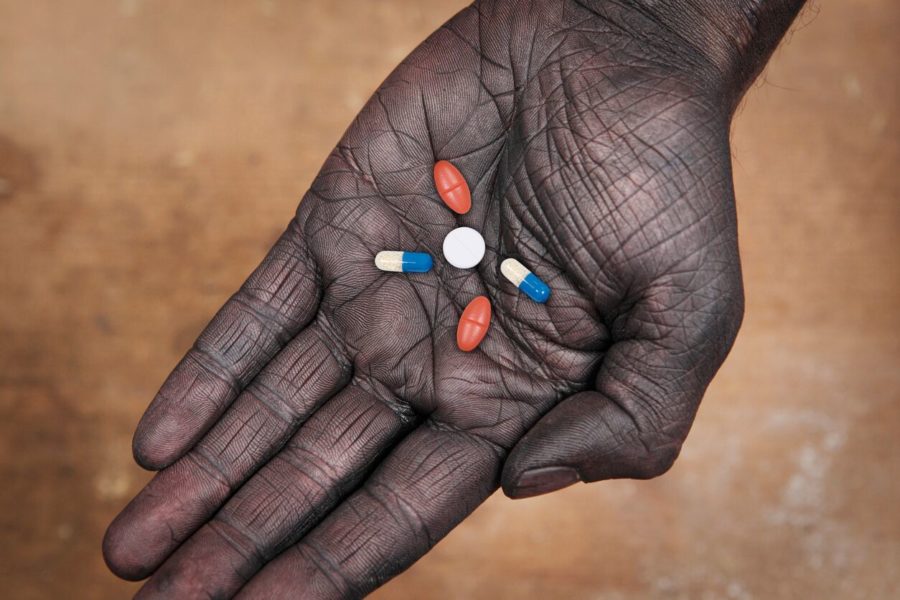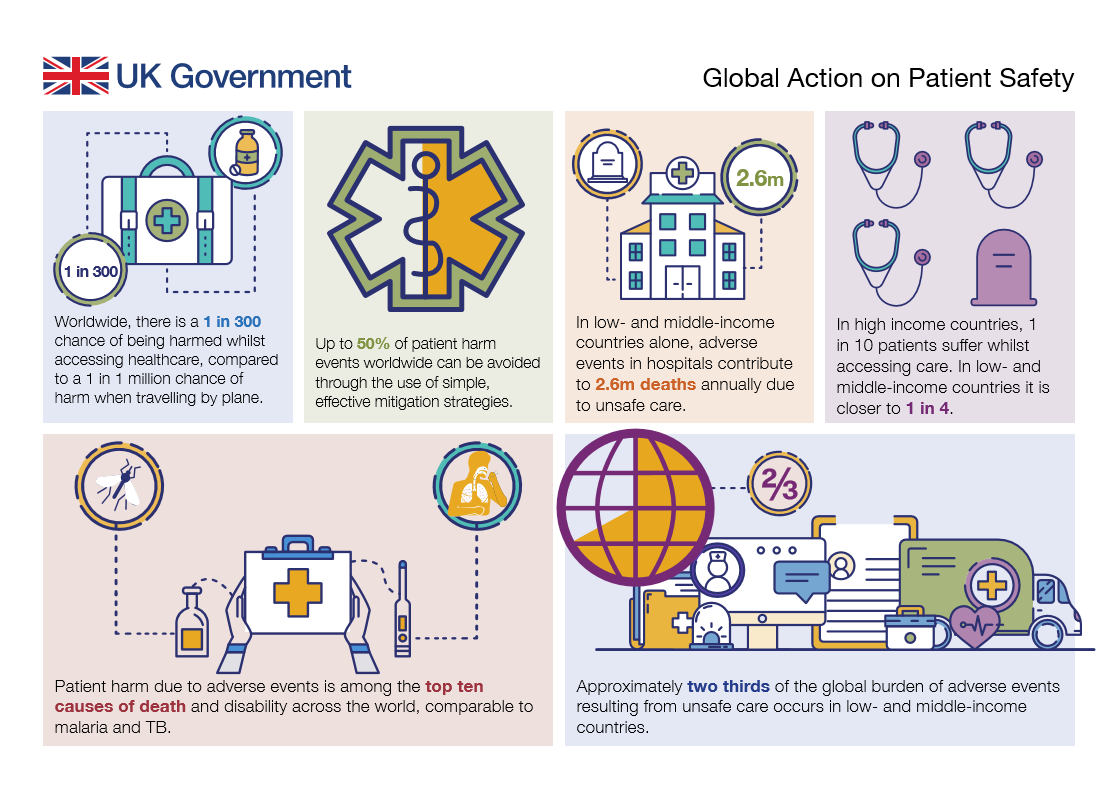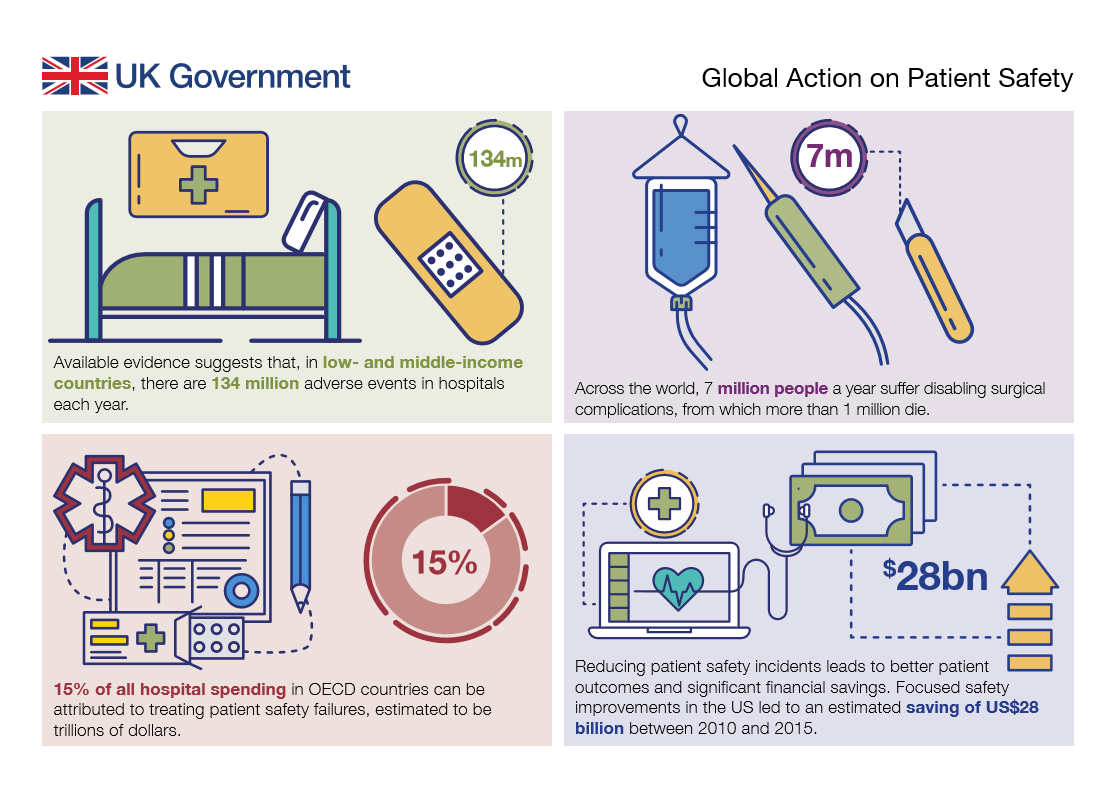19th February 2019 King Charles Street, London
Global Action on Patient Safety

Patient safety is a growing global challenge and taking collective action is a critical step in improving healthcare for all, a key part of the United Nation’s Sustainable Development Goals.
The UK government, with Germany, Japan, and a range of other countries and international partners, including the World Health Organization (WHO), are working on our collective ambition to secure a resolution on this critical area at the World Health Assembly (WHA) in May 2019. This resolution would underpin increased global awareness and action on patient safety, with the potential to enhance greatly the profile of this vital issue for clinicians, patients and the public. Our goal is to make Global Action on Patient Safety a health priority worldwide.
What is Patient Safety?
Patient safety is the preventing of unintended or unexpected harm due to adverse events during the provision of healthcare. It is a growing global challenge that affects millions of people around the globe and is often caused by high risk situations contributing to harm. To improve safety we must enable staff to deliver care safely and at the highest possible standard, through the development of efficient and resilient health care systems and the implementation of evidence-based solutions.
Patient safety issues affect all countries and cover a wide range of different risk areas, which can include:
- Diagnostic errors
- Healthcare-associated infections
- Medication error
- Unsafe surgical care or unsafe injections practice
- Venous thromboembolism
Why Patient Safety?


Poor patient safety practice leads to huge costs, both socially and financially. This is one of the key reasons as to why we must take action.
Up to half of these events could be preventable, which means that we can, and must work to improve safety worldwide. Over the last decade, the extent of patient harm has been measured or quantified more systematically and the challenges and solutions are much clearer. Improving standards of global health and healthcare is vital to our economic and social well-being, and improving the safety of healthcare is crucial as we advance towards global universal health coverage.
The majority of adverse events are minor and therefore, people should still access healthcare when required. Understanding the problem is our first challenge to learn and improve patient safety at a global level.
Mitigation Strategies
In order to reduce patient harm events worldwide, there needs to be the implementation of simple, effective mitigation strategies in conjunction with developing health systems that enable staff to operate safely and to continually improve their practice. These strategies include the establishment of clear healthcare and patient safety policies, focused training for healthcare professionals, active involvement of patients in their own care, and more reporting and evaluating of patient safety incidents. These are often simple measures that can be put in place to guarantee sustainable and substantial improvements in patient safety and healthcare.
Find out more here.
Follow the conversation on Twitter with hashtags #GAPS, #WHA2019 and #patientsafety (@UKSINet, @DFID_UK, @DHSCgovuk)
For real patient stories visit the World Health Organization’s website.